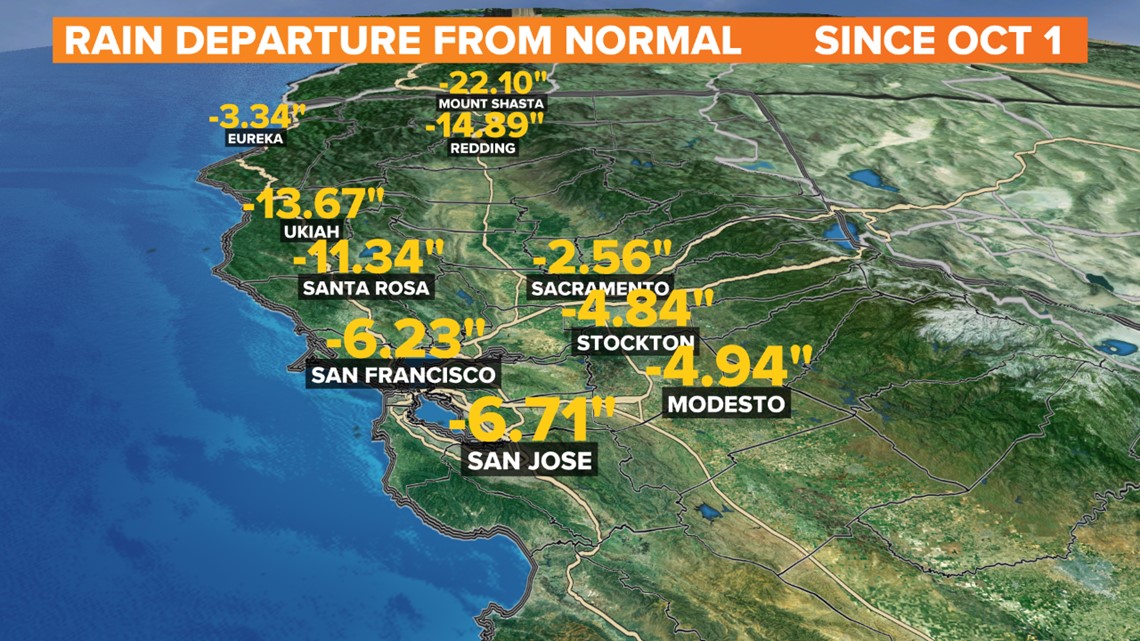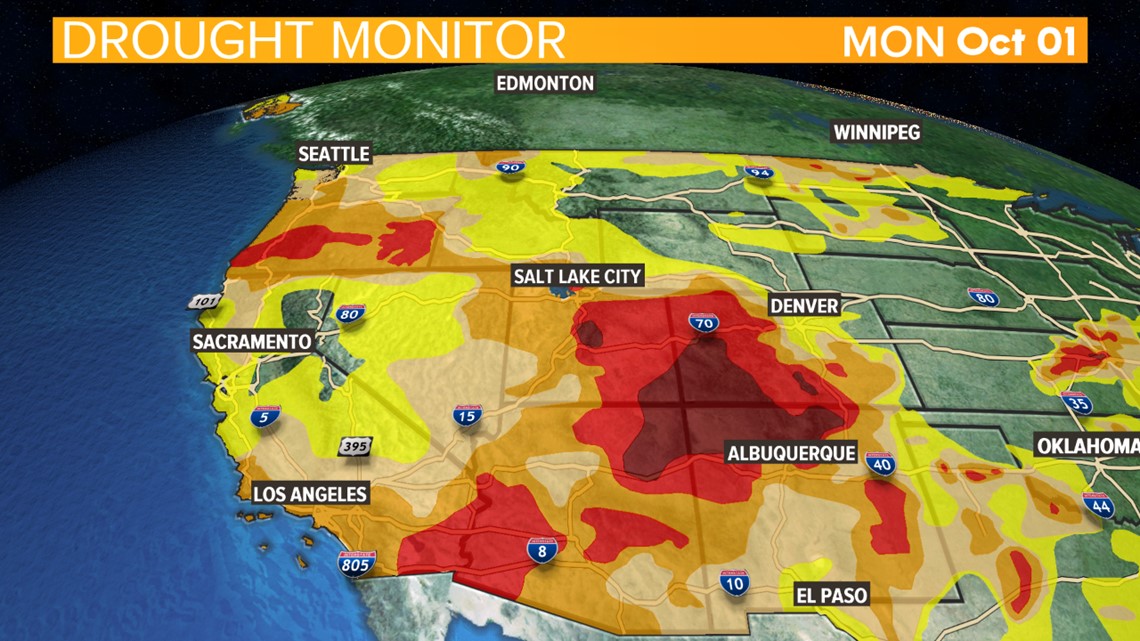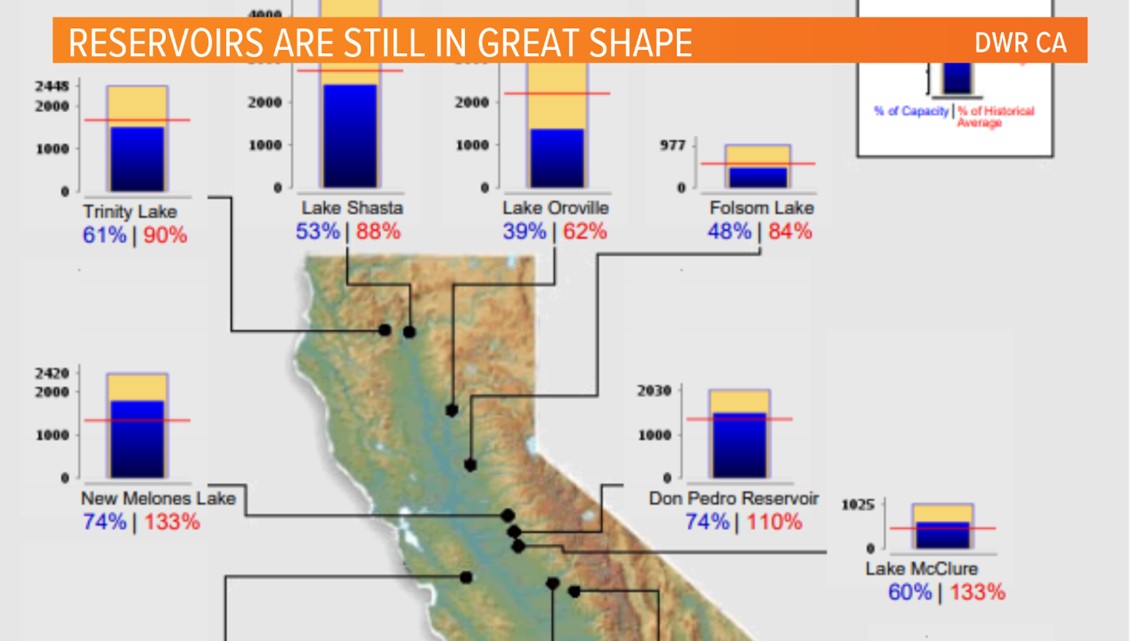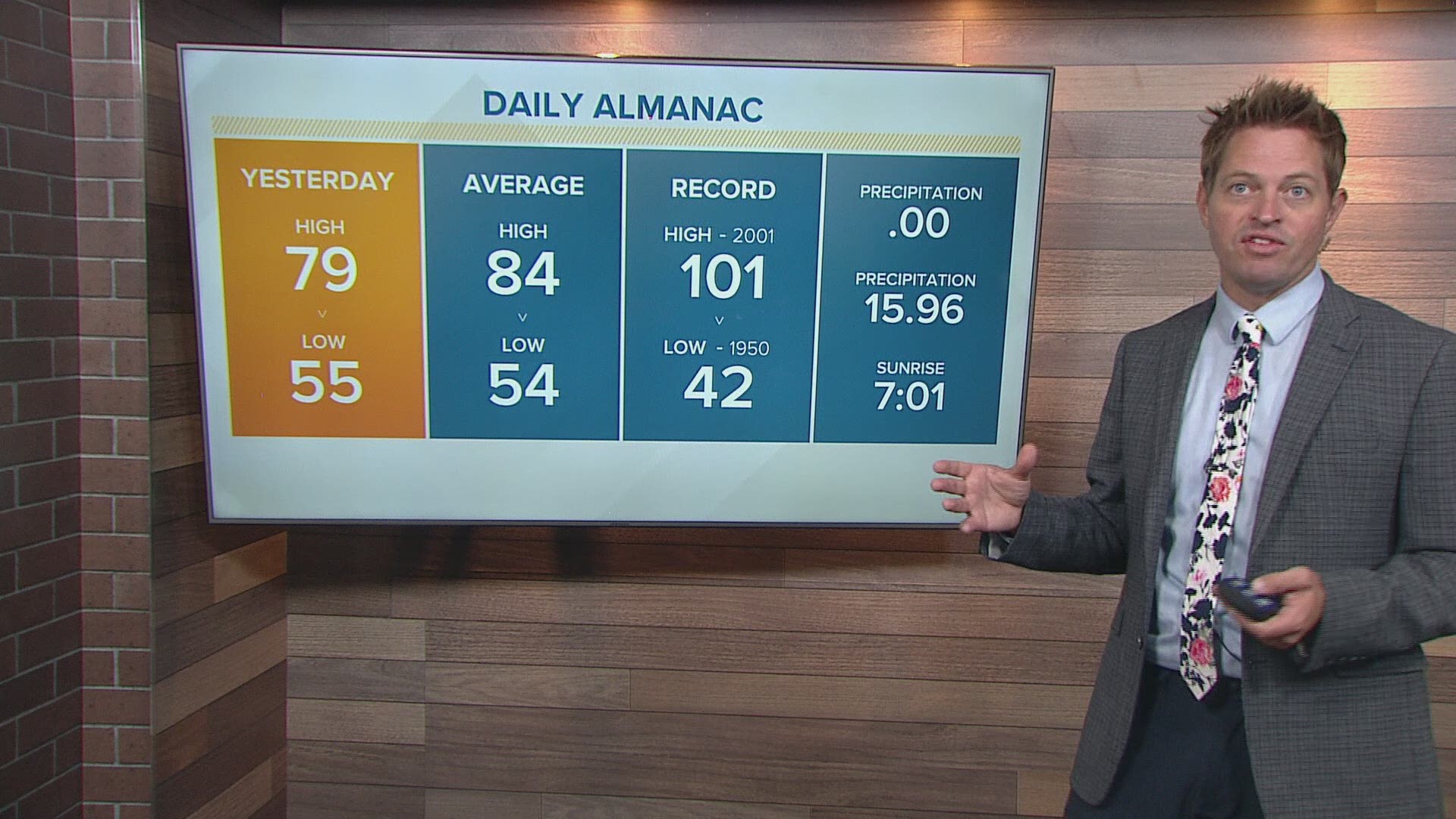This might come as a surprise to some people, but the rain calendar for California begins in October, not January.
Since we're at the start of a new rain calendar, let's find out how was this last rainy season and do we have enough water going into the next one?
The water year for California is between Oct. 1, through the following September. This makes a lot of sense because we have a big natural break in our season and we typically get new storms in the fall, usually sometime in October. This is helpful to try and put bookends for water cycles and in California, our rain typically falls between October and April.
However, we have seen rain in every month. Summer rain is often by way of thunderstorms, which can be heavy, but very isolated with limited regional impacts, especially for water storage.
The 2017-18 rain calendar was a very lopsided rainy season. The first half of the prime months was pretty slow, with storms often producing little rain, and warm conditions. This was a stark contrast from the 2016-17 rain calendar year, which produced major rain and complications. The 2016-17 rain year was massive for rain, snow, and issues connected to floods, like the Oroville spillway, road washouts, and major snow.




The second half of the 2017-18 rain year was busier, with a few big storms and some very heavy snow events. We ended up below average for most locations, but because the prior year was so huge, we never had water shortages. In fact, reservoir management was able to retain much of the water from the 2016-17 rain year and still satisfy power and environmental needs.


Water in California is a very complicated subject, but the two recent rain seasons are a good reminder that one year with lackluster rain and snow is very normal, and not very consequential. Yes, there may be year-to-year issues for areas with land very sensitive to natural rain, like pasture land or fire conditions, but the main needs for water in the state were met with reservoir storage.
Right now, we have a building El Nino which tends to tip the scales for more rain in Southern California and less for the Pacific Northwest, with just a small portion of Northern California included in that. As we know, there are variations with El Nino, but in general, it can be good for rain in the state.
Continue the conversation with Rob on Facebook.

